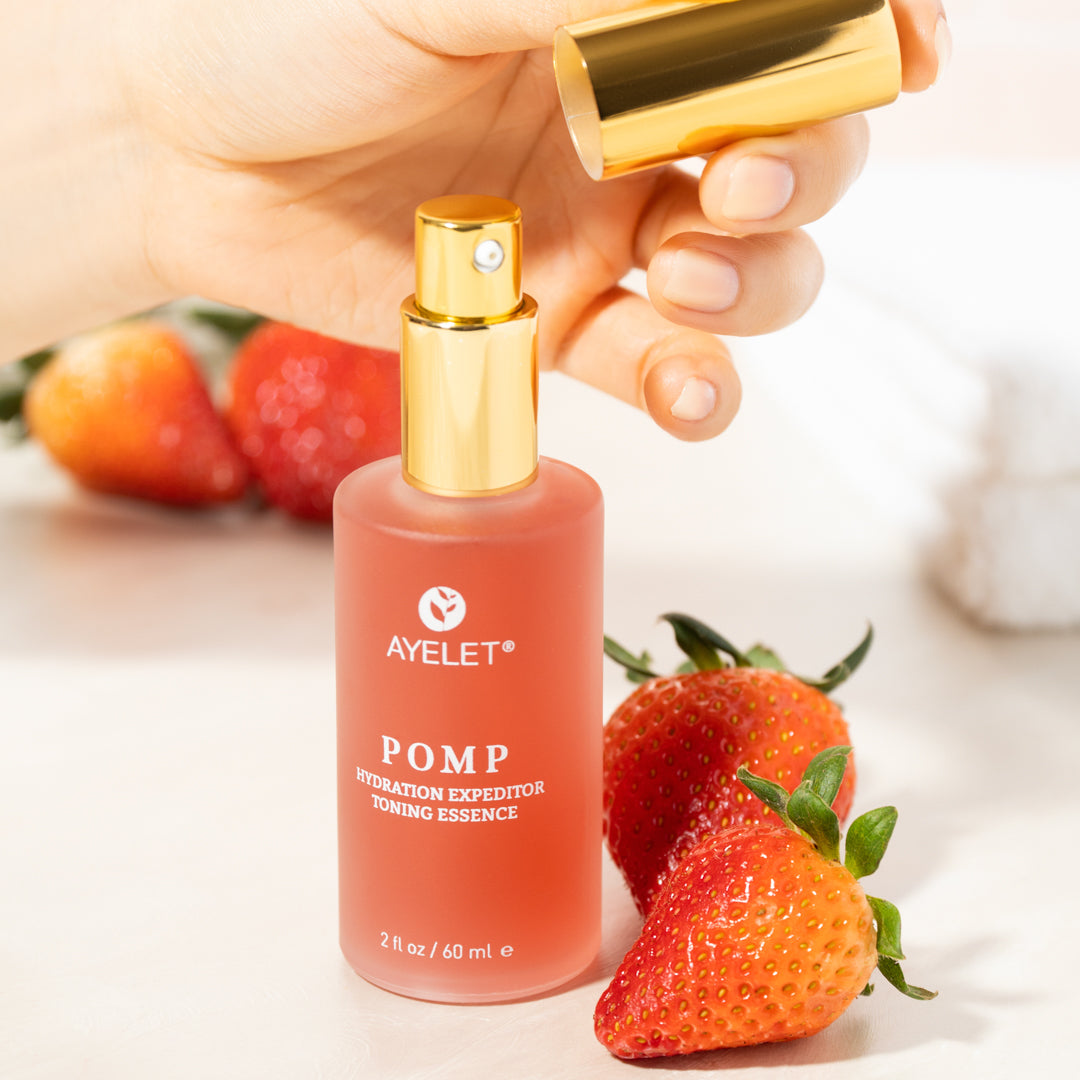What is Betaine?
Natural Betaine is a naturally occurring substance found in sugar beets (Beta vulgaris), from which it gets its name.

It functions as an osmo-protectant as its amphoteric structure counteracts against osmotic pressure. In this way especially halophile organisms living in high salinity environment protected themselves from osmotic stress. Natural Betaine is a natural amino acid derivative (trimethylglycin). Due to its structure it is hygroscopic and has moisturizing properties. Its strong water binding capacity ensures a retention of skin moisture. Natural Betaine is obtained from sugar beet molasses by an extraction process.
Why is Betaine good for skin? - Betaine is used in many skincare and cosmetics formulations and has been shown to offer the following benefits for our skin.
Humactant - Betaine has humectant properties and is used in some skincare formulations to hydrate the skin and increase water retention
Anti-inflammatory - Betaine has demonstrated anti-inflammatory properties to calm skin irritations. It is often used in soaps and skin and hair cleaning products partly for its anti-inflammatory properties.
Anti-aging - Some studies have suggested that Betaine assists with anti-aging and skin protection against action of oxidative free radicals.

Is Betaine safe for skin? - Betaine has been rated as a low hazard risk for use in skincare and cosmetic formulations and is safe to use on our skin. it is found in skin care products due to its anti-inflammatory properties, humectant and skin hydration capabilities.


